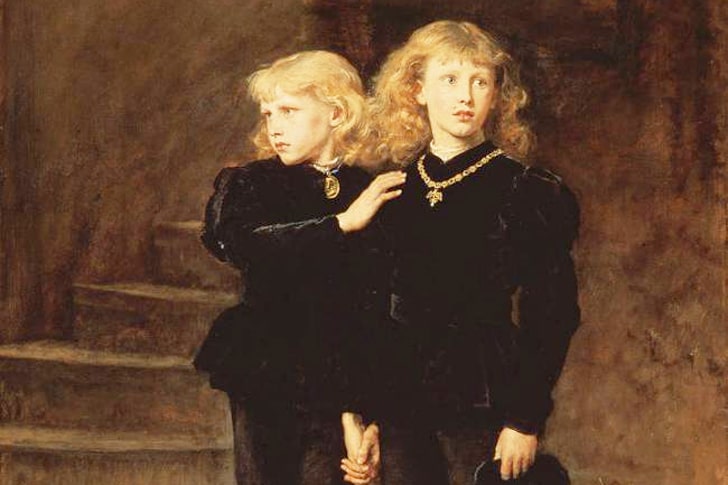Secrets of the Crown: Explore Mind-Boggling Royal Conspiracy Theories!
Edward V and His Brother Survived the Tower

The Princes in the Tower, Edward V and his brother Richard of Shrewsbury, Duke of York, are central to one of England’s most haunting mysteries. After their father’s death, Edward V, a 12-year-old boy king, and his younger brother were declared illegitimate and placed in the Tower of London by their uncle, who became King Richard III. The boys disappeared in 1483, leading to speculation they were murdered.
However, a persistent rumor suggests they survived after secretly escaping their imprisonment. Many reported sighting the princes after their disappearance. The survival rumor also hinges on the possibility that sympathetic allies or foreign powers orchestrated their escape.

You must be logged in to post a comment Login